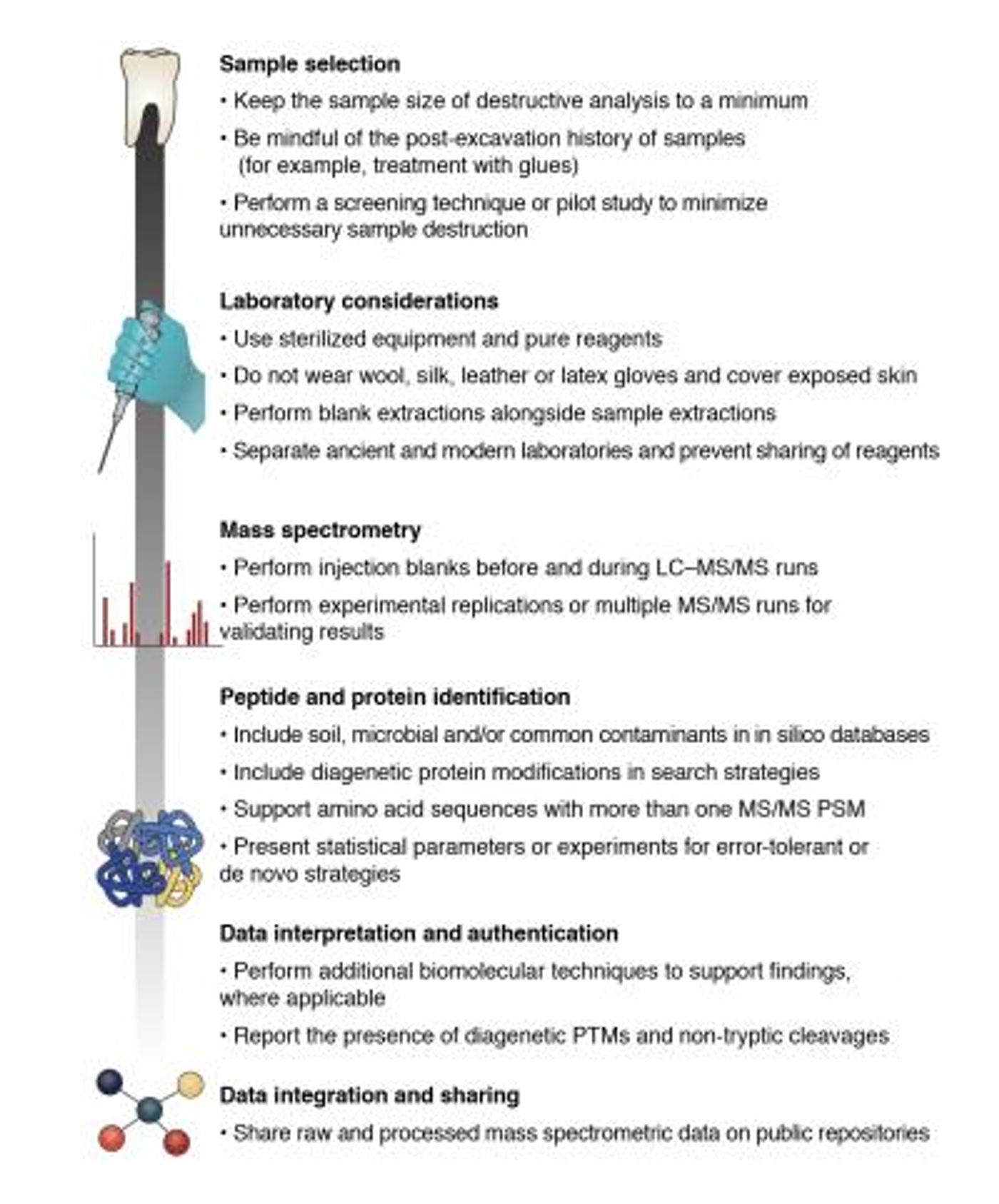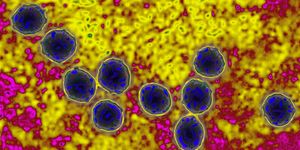Standards Proposed for the Study of Ancient Proteins
A new field that is growing in popularity is palaeoproteomics, the study of ancient proteins. Now that this work is getting more attention, leading scientists have proposed guidelines that will establish a foundation for the research, which delves into a wide variety of areas, to help standardize the data. The new framework has been reported in Nature Ecology & Evolution.
Proteins can be preserved much longer than DNA, and can offer insight into the past. Analysis of ancient plants, extinct animals, the evolution of disease, or the diets and biology of our ancestors are just a few of the many topics that fall under the umbrella of palaeoproteomics. New techniques in the study of proteins have expanded the field widely, and now, findings will be more robust and reliable.
When new avenues are opened up in research, time often elapses before standards are set, and newly established disciplines can suffer from a lack of consistency, reproducibility challenges, and contamination issues. Data might be misinterpreted or false claims may be made before rules are set governing the experimental validation of hypotheses. Now palaeoproteomics can be assigned a set of ‘best practices’ to regulate the collection of samples and the creation, study, and reporting of protein sequence datasets from ancient samples. This work will aid researchers as well as reviewers and journal editors.
An international team including some of the top operatives in this new field wrote the report; it included scientists from the Max Planck Institute for the Science of Human History, Max Planck Institute for Evolutionary Anthropology, and the Universities of Copenhagen, York, Turin, Oklahoma, and Zürich/ETH Zürich.
While this work is not intended to be rigid and unbendable, noted the authors, it is meant to strengthen the best practices in the field.
The video describes the burgeoning field of palaeoproteomics, and what the potential applications could be.
"Undoubtedly, as new laboratory and statistical strategies for characterizing proteins emerge, these guidelines will require debate within the community and further updating," said co-lead author Frido Welker, of the Max Planck Institute for Evolutionary Anthropology. "However, we hope that the standards of practice presented here will help to provide a firm foundation for palaeoproteomics as a technique for use in a variety of fields."
The researchers have stressed that published reports must contain sufficient details describing the generation and authentication of data; other must be able to duplicate and evaluate the work.
"Palaeoproteomics holds enormous potential to dramatically expand archaeological, palaeontological and evolutionary research," noted the co-lead author of the study Jessica Hendy of the Max Planck Institute for the Science of Human History. "It is crucial that the discipline hold itself to high standards in order to ensure that it is able to meet this potential."
Sources: AAAS/Eurekalert! Via Max Planck Institute, Nature Ecology & Evolution










